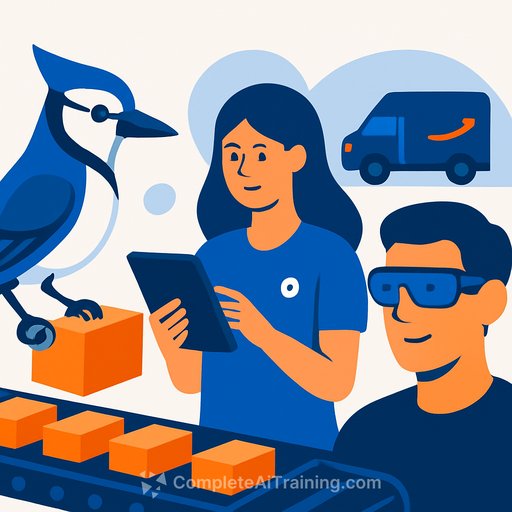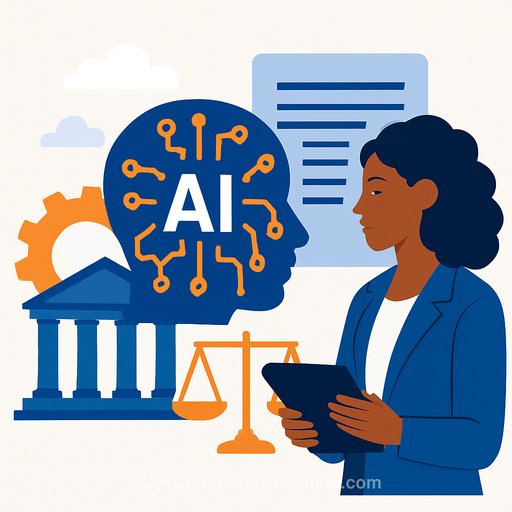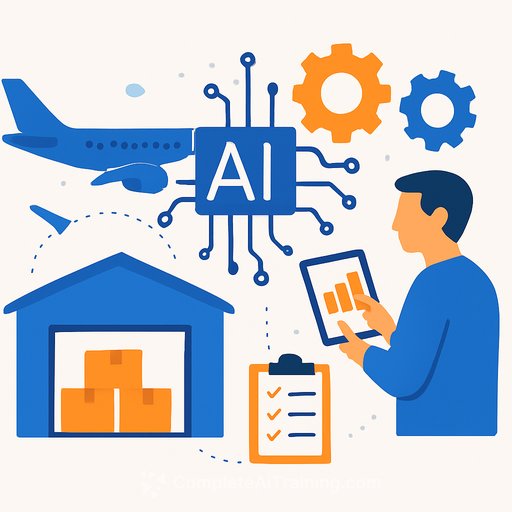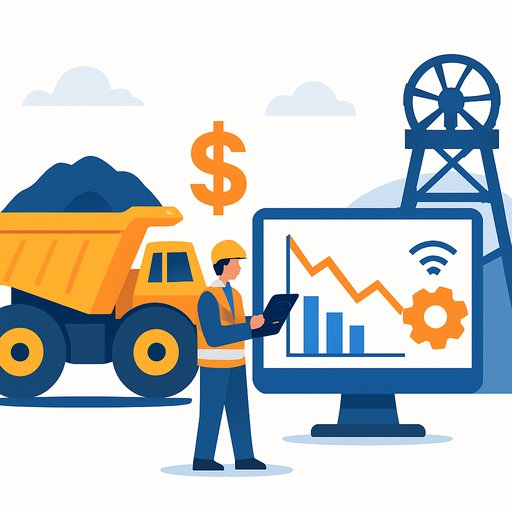Amazon's New AI Tools for Logistics Operations
Amazon is moving to integrate artificial intelligence deeper into its logistics network. The company just announced three new technologies aimed at making its warehouses and delivery systems more efficient, faster, and less dependent on manual work.
These tools are part of a wider push to use AI to improve speed, lower costs, and increase precision across the company's fulfillment operations.
Blue Jay: The Sorting Robot
The first piece of tech is the Blue Jay Robot. It's a robotic arm built to sort packages with more speed and accuracy than a person can. It uses computer vision and machine learning to identify packages and place them correctly on conveyor belts.
Amazon is testing Blue Jay in South Carolina with plans to roll it out to same-day delivery centers. The objective is to streamline last-mile logistics and support quicker, cheaper deliveries as demand grows.
Eluna: The AI Workforce Manager
Next is Eluna, an AI management agent that optimizes how workers are deployed within a fulfillment center. The system uses predictive analytics to spot potential bottlenecks before they happen.
If one part of a warehouse gets overloaded, Eluna can suggest shifting workers from a less busy area to keep operations balanced. This gives on-site managers a powerful tool for making real-time decisions to maintain workflow.
AR Glasses: A Co-Pilot for Drivers
The third tool is for the final stage: delivery. Amazon is creating AI-powered augmented-reality (AR) glasses for its drivers. These glasses provide a hands-free way to get directions, identify the right package, and receive alerts about obstacles like dogs or blocked paths.
This moves critical information from the driver's smartphone directly into their line of sight, which is expected to improve both speed and safety on the road.
The Push for a Smarter Supply Chain
Amazon has stated that these systems are meant to help employees, not replace them. However, as the technology improves, the company's need for manual labor will likely shrink. Analysts at Morgan Stanley estimate that equipping more fulfillment centers with advanced robotics could save Amazon up to $4 billion a year.
Currently, about 75% of all Amazon deliveries already involve some level of robotic assistance. This shows how central automation has become to its entire business model.
Balancing Automation and People
The move toward more automation has raised concerns from labor advocates about job displacement and increased workplace stress. In response, Amazon has pointed to its retraining programs.
The company is focused on helping employees transition into new technical roles like robotics maintenance and AI system monitoring. This shift highlights a growing need for new skills, where training in AI and automation becomes critical for the modern operations workforce.
By blending human skills with robotic precision, Amazon is creating a semi-autonomous logistics network. This approach provides a clear look at the future of AI-driven global commerce.
Your membership also unlocks:






